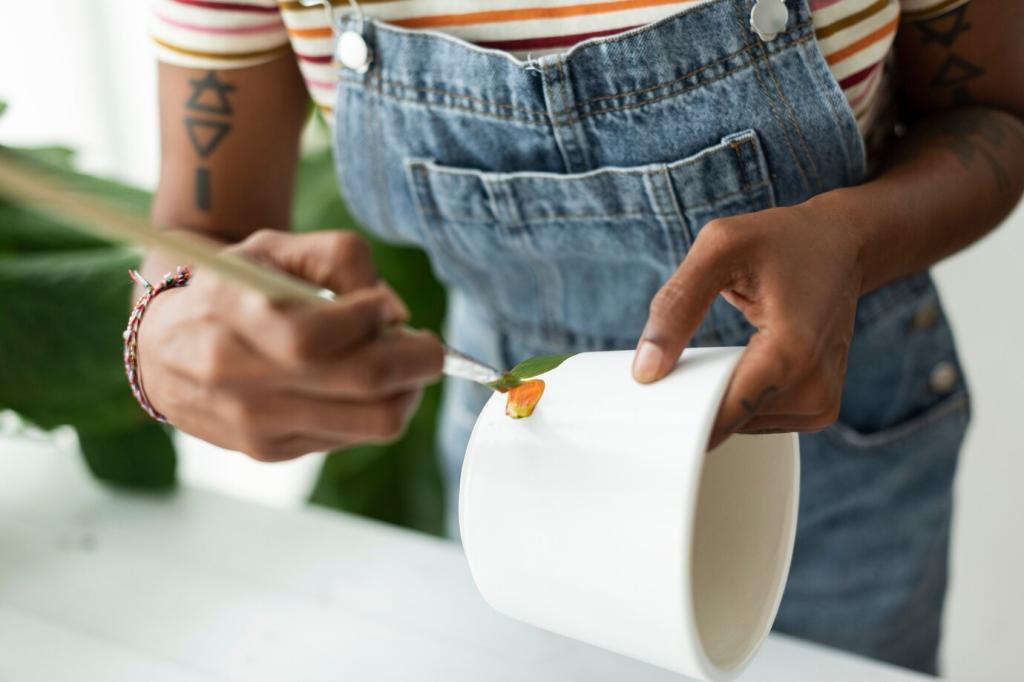
Fabric Protection Techniques for Upholstered Furniture
Selected theme: Fabric Protection Techniques for Upholstered Furniture. Welcome to a friendly, practical guide that turns everyday seating into resilient, long-lasting comfort. We’ll blend science, stories, and smart habits so your sofa survives real life—spills, sunlight, pets, and parties. Dive in, ask questions in the comments, and subscribe for fresh tips that keep your favorite pieces looking their best.
Know Your Fabric: The Foundation of Protection
Cotton and linen breathe but soak quickly, demanding prompt blotting and strong repellents. Wool naturally resists stains yet fears heat. Synthetics often bead liquids, but body oils and dyes can still migrate. Match protection to each fiber’s quirks.

Deep Clean Without Soaking
Vacuum with upholstery tools to lift dry soils that can sabotage bonding. Target spots with appropriate stain removers, using minimal moisture. Over-wetting leaves residues and browning, reducing protector adhesion and creating future soil magnets. Gentle wins.
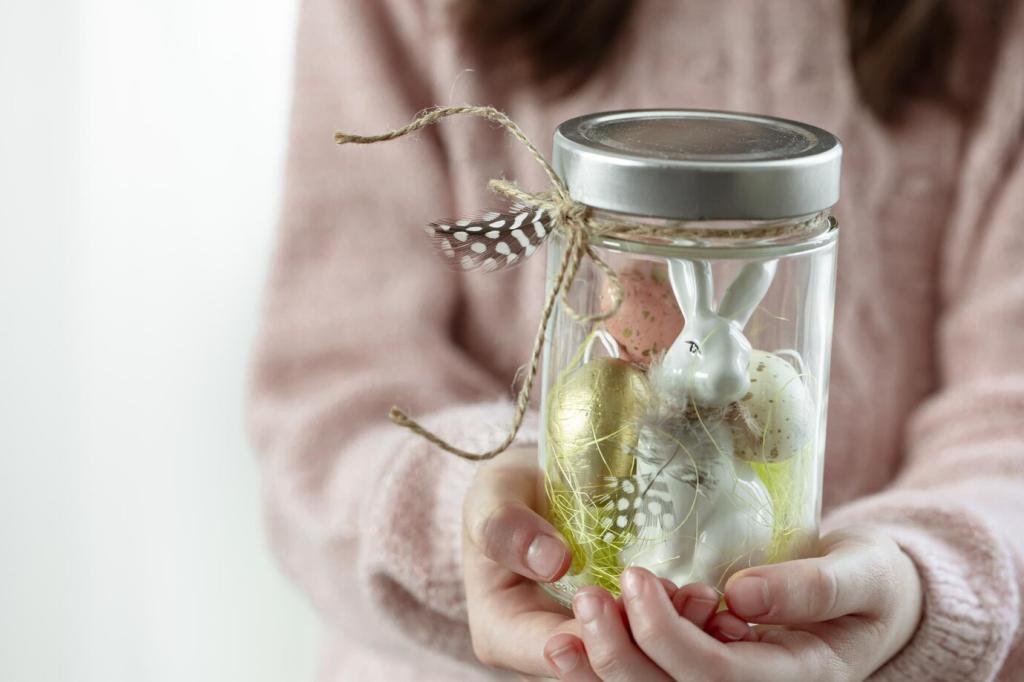
Colorfastness and Hidden Tests
Always test cleaner and protector behind a cushion or along a skirt. Blot a damp white cloth to check dye transfer. Spray a small patch, let it cure, then assess texture, color shifts, and repellency. Adjust or reconsider products accordingly.
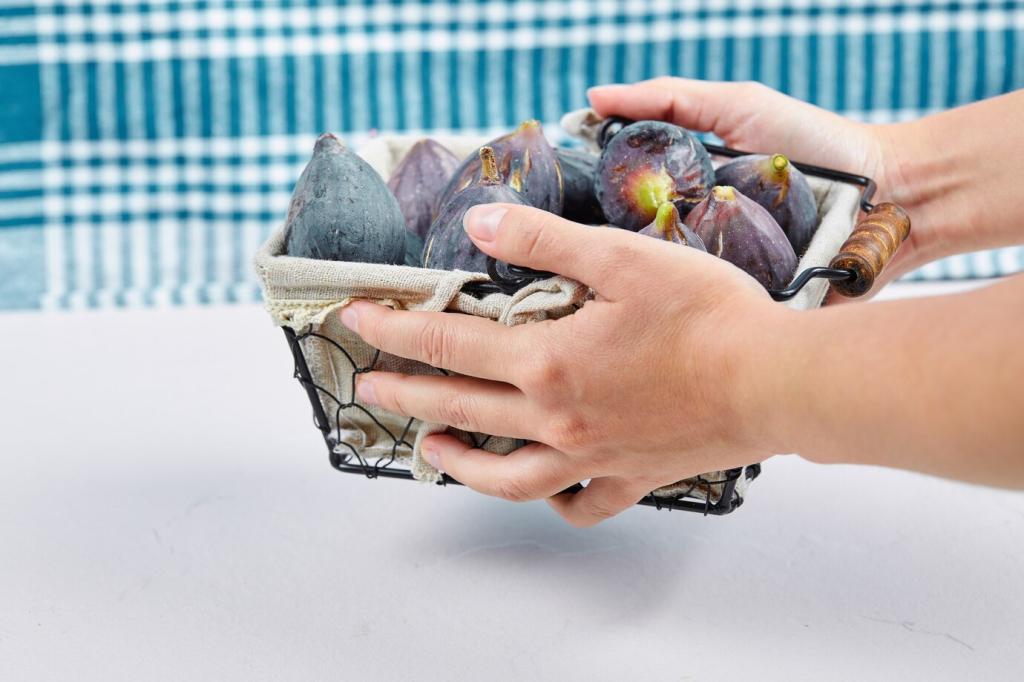
Ventilation, Humidity, and Cure Times
Open windows or run fans for safe off-gassing and even evaporation. Aim for moderate humidity and temperature to prevent slow drying or streaking. Respect manufacturer cure windows before sitting, cleaning, or entertaining. Patience here means performance later.
DIY Application Techniques That Actually Work
Hold the sprayer about a forearm’s length away. Use smooth, overlapping passes, moving like you’re airbrushing. Avoid drips, puddles, and heavy edges. Light, uniform coverage prevents marks and ensures the protective film forms evenly across complex shapes.

DIY Application Techniques That Actually Work
Apply a light first coat, let it flash off, then add a second to build protection without saturation. Watch dry times closely; rushing invites blotches. Many fabrics respond best to multiple thin layers rather than one ambitious, soggy application.
Professional Options and When to Use Them
Solvent systems can penetrate dense weaves without swelling fibers, but require strict ventilation. Water-based options are gentler and increasingly effective. Pros match chemistry to fabric type, dye stability, and usage patterns to balance performance with safety.


Professional Options and When to Use Them
Modern coatings use nano-scale particles and fluorine-free technologies to repel liquids while minimizing environmental concerns. These newer protectors trade some extreme repellency for safer profiles. Ask providers about certifications, residues, and re-application schedules tailored to your household.
Maintenance Habits That Prolong Protection
Respect the Cure Window and Early Spills
For the first 24–72 hours, keep traffic light. If a spill happens, blot—don’t rub—using folded, absorbent towels. Early care prevents pushing liquids past the forming barrier and keeps fibers smooth for future, more effective beading.
Vacuum Patterns and Upholstery Tools
Map a weekly routine: top to bottom, outside to inside, using a soft brush or upholstery nozzle. Removing dry soils reduces abrasion and oil binding, which otherwise chew through protective films and make future cleaning frustratingly difficult.
Rotate Cushions and Manage Sun Exposure
Flip and swap cushions monthly to balance wear. Use sheer curtains, UV films, or strategic placement to limit fading hot spots. Sun management preserves dyes and slows the breakdown of protective layers, stretching time between treatments significantly.
Homes with Kids and Pets: Real-World Resilience
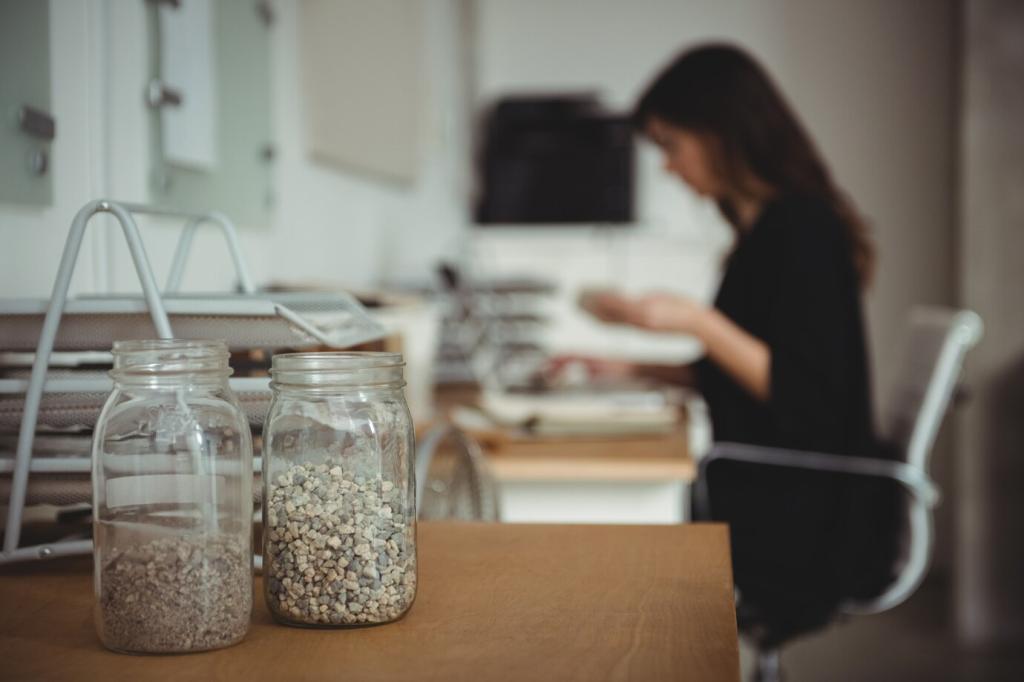
Washable Slipcovers and Strategic Throws
Choose snug, machine-washable slipcovers for high-impact zones and add throws where snacks land. Treat both fabric and covers so protection stacks. Having a backup set means spills become laundry, not emergencies or permanent, painful reminders.
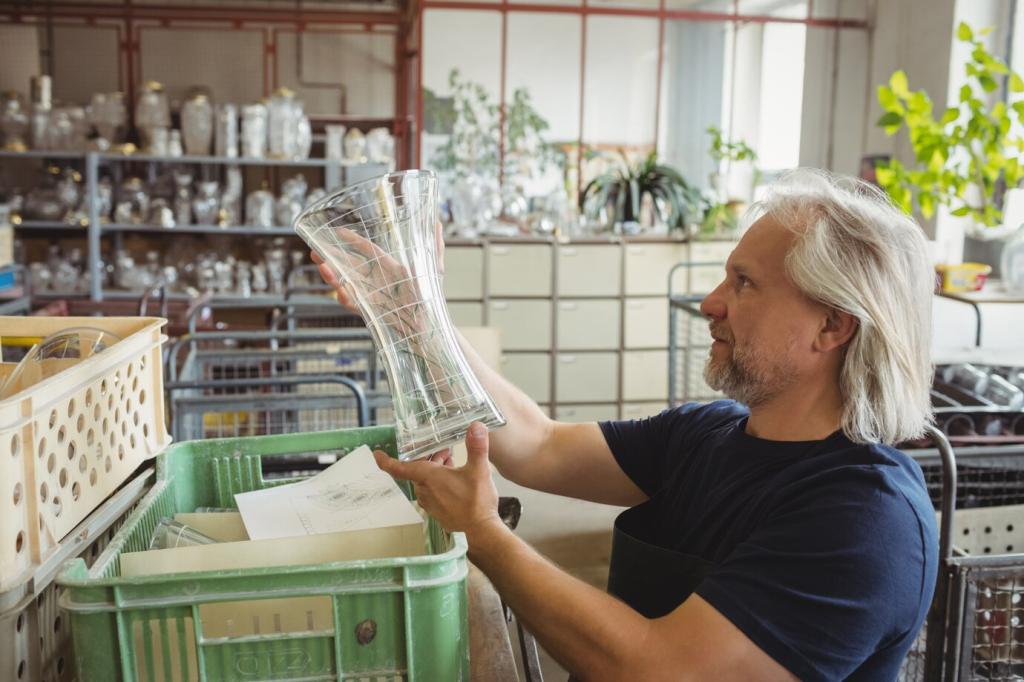
Snack Zones and Fabric-Friendly Habits
Create cheerful snack zones with trays and napkins nearby. Use lidded cups and stain-conscious color choices for kid cushions. Normalize quick-blot responses and celebrate tidy wins, turning care moments into habits that quietly extend fabric life.
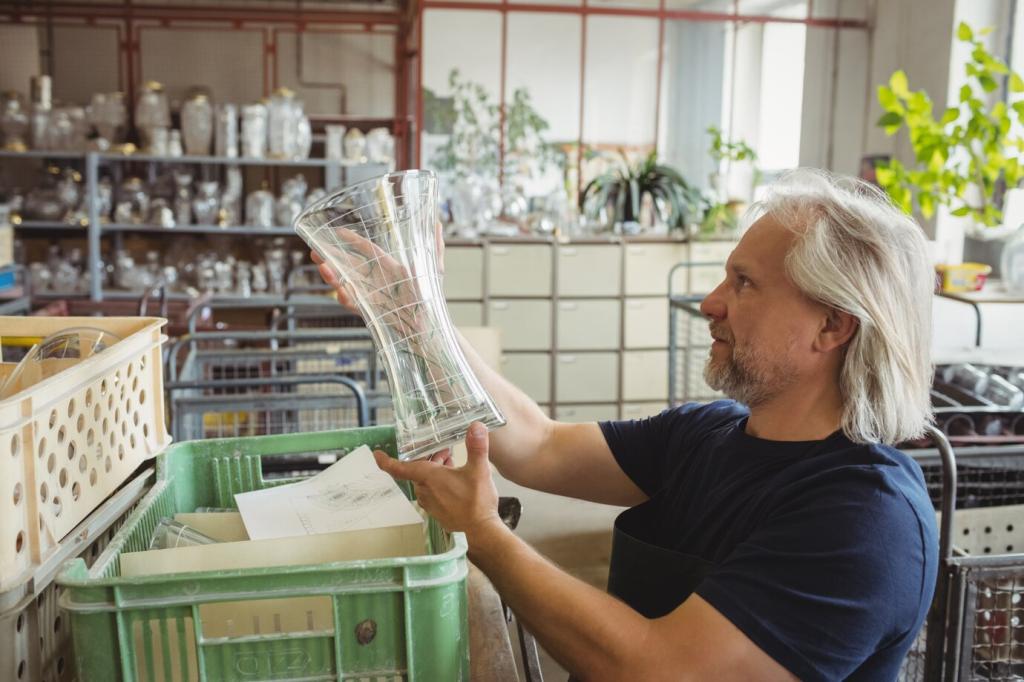
Pet Protocols: Nails, Scratching, and Training
Keep nails trimmed or use soft caps, park scratch boards near sofas, and reward alternative scratching. Choose tighter weaves that resist snagging. A pet blanket with its own scent encourages lounging there, saving arms and cushions from wear.
Safety, Myths, and Environmental Considerations
01
Drenching fabric drives chemistry deep, slows drying, and can leave tide lines or stiff spots. Controlled, light passes ensure performance without texture changes. When in doubt, pause, ventilate, and reassess coverage under consistent, natural light.
02
Protectors buy time for blotting, not a force field. Hot sauces, dyes, and oils can still migrate if left alone. Quick response, proper blotting, and periodic refreshing of the protective layer remain essential to avoid permanent stains.
03
Use masks if sensitivity exists, ventilate generously, and keep kids and pets away during application and curing. Schedule treatments when windows can be opened. Choose products with transparent safety data and independent testing for peace of mind.
Stories from the Sofa: Lessons That Stick
The Red Wine Friday Save
After a fresh two-coat treatment, a full glass toppled onto a pale linen sectional. Beads formed, towels flew, laughter returned. Minimal shadow remained, gone after a gentle clean. The homeowner subscribed that night, determined to maintain the routine.
Lobby Sofa Marathon
A busy building treated its lobby sofa with a pro-grade, fluorine-free protector and set a weekly vacuum schedule. Coffee drips vanished with simple blotting. Six months later, re-application restored peak beading. Tenants noticed, and management kept the plan.
Grandma’s Velvet Armchair Revival
Inherited navy velvet came with sun-kissed arms and timid nap. After careful cleaning, light coats, and gentle grooming, the chair glowed again. Now it lives by filtered daylight, with a throw on the arm. Family photos happen there, often.
